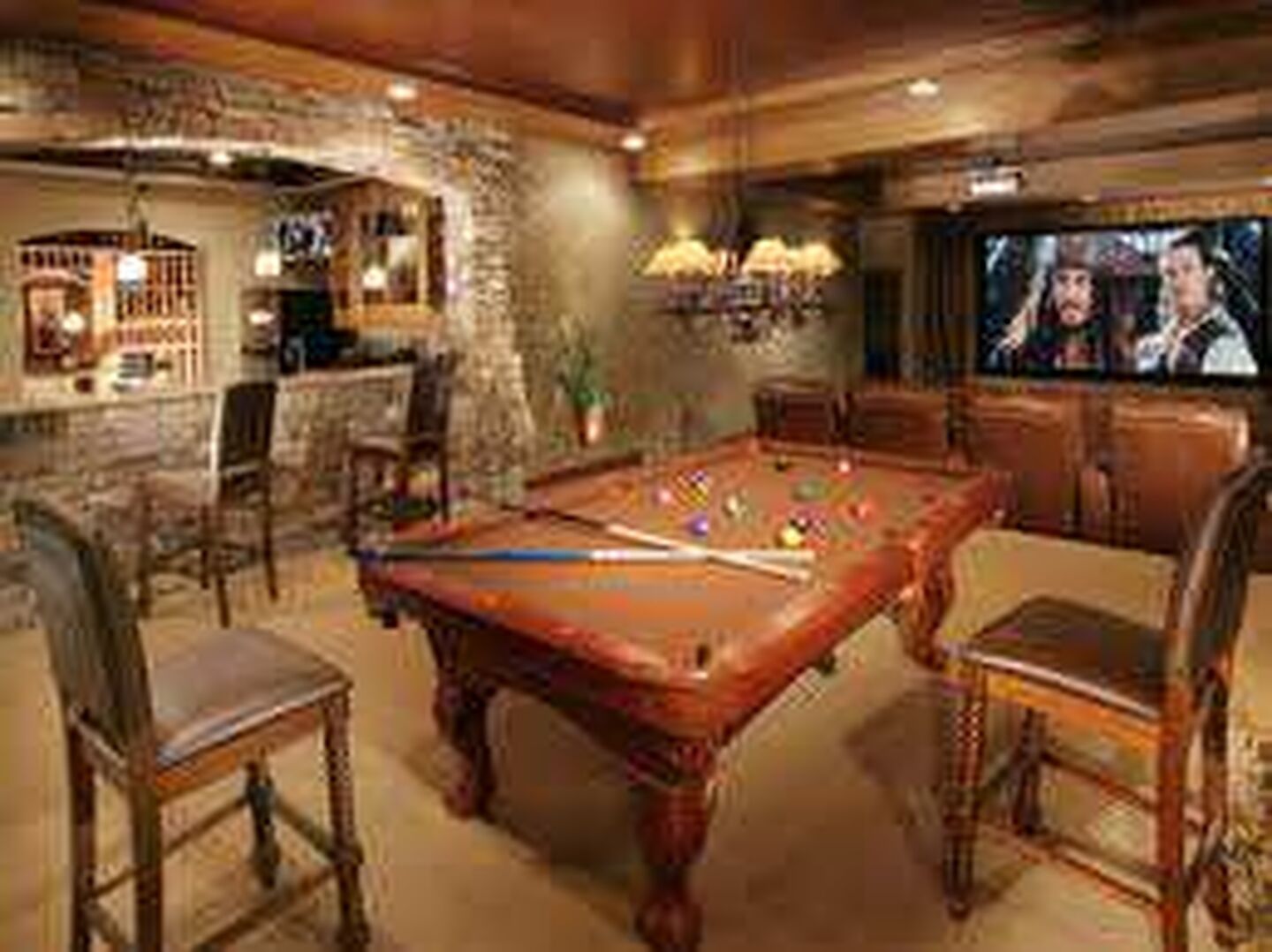Top 5 Things to Consider When Buying a Battery Backup Sump Pump

The most important device in your basement is a Battery Backup Sump Pump. Sure fellas, an argument can be made for your pool table or big screen TV, but you wouldn’t be able to enjoy them if your basement flooded. I’ve seen many o’ man caves ruined over the course of my career.
Your primary sump pump is only designed to work off your wall (house) current. So if you have a power failure, it’s about as useless as your big screen TV without a remote. Sump pumps are also prone to mechanical failure, especially as the pump ages.
Many times homeowners aren’t aware that a battery backup system consists of both a battery and a secondary sump pump. Let’s take a brief look at these two components, and what else to consider when buying a backup system.
Battery Backup Sump Pump Considerations
1. Battery Type
The two most common types of batteries on the market are Deep Cycle Marine Batteries and AGM Batteries. Deep Cycle Marine Batteries are very similar to what you would find under the hood of older cars. They require continual maintenance by adding water. AGM Batteries are the latest technology and do not require adding water. In addition, the new generation of AGM Batteries have about a 50% longer run time for their size and on top of that they should last five to seven years before replacement.
2. Pump Construction
It’s very simple. You have two choices — plastic or cast iron. Do you want to drive a plastic car? I’m not getting behind that wheel. Same goes with the sump. A sturdy, cast iron pump is the obvious choice.
3. Pumping Capacity / Output
Of course, if all you needed was to choose a cast iron sump with an AGM battery, all would be easy. You also need to get the right size pump! Too often I’ll look inside a sump pit, and find that the backup pump only has about half the pumping capacity as the primary. If it’s raining cats and dogs outside and the power goes out, you want to make sure your backup pump can pump an equivalent amount of water as the primary pump. Most primary pumps have an output of 35 to 60 gallons per minute (2100 to 3600 gallons per hour). Make sure you get a backup pump that meets or exceeds that.
4. Technology
There are two standard types of backup pumps: AC/DC pumps and DC only pumps. AC/DC pumps are preferred because they can operate off your wall current or battery (whichever is available). DC only pumps cannot work directly off the wall current, so it will only last as long as the battery allows. For this reason, DC only pumps are less expensive. Go with an AC/DC pump so you don’t get “Thunderstruck”! (for you AC/DC music fans!)
5. Where to Purchase
So, where can you get the right backup system? We recently discussed our thoughts on hardware store purchases. Installation and pump selection are best left for the pros to handle. You might want to take a look at our exclusive line of backup pumps. They’re second to none.
Perhaps this past Super Bowl Sunday the big screen TV was the most important device in your basement. But let’s just agree that every other the day your backup sump pump is the most important.




